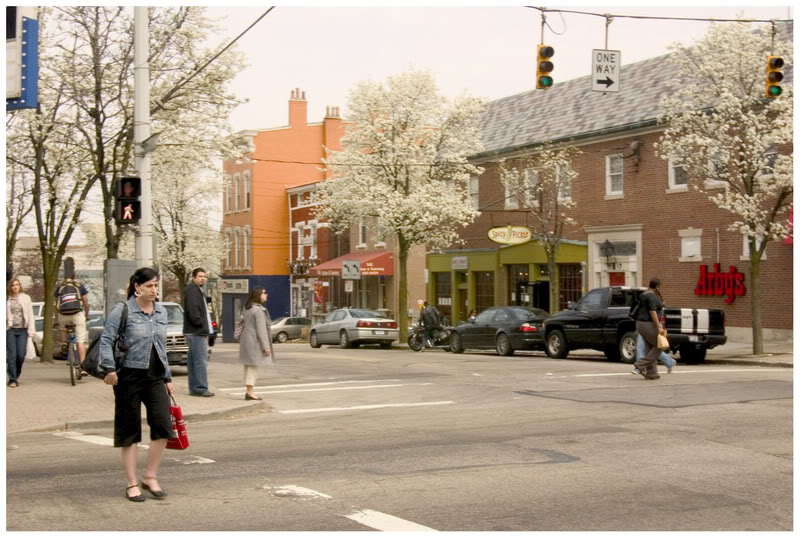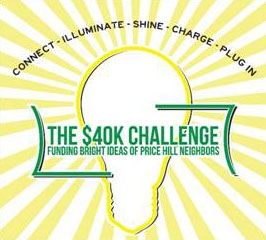The Cincinnati region has been one of the nation’s best economic performers over the past several years, and that has resulted in a 6.4% unemployment rate that is more than a point better the national average.
According to the U.S. Census, more than 968,000 jobs are scattered all over the region, but it is the City of Cincinnati that stands out as the dominant force for the 2.1 million person region.
As the numbers in the City of Cincinnati’s 2013/2014 Biennial Budget Report show, the financial standing of the central business district is critically important to the overall financial health of the entire city and county. According to the report, income taxes brought in $234 million last year – nearly 71% of the City’s total revenue in 2012.
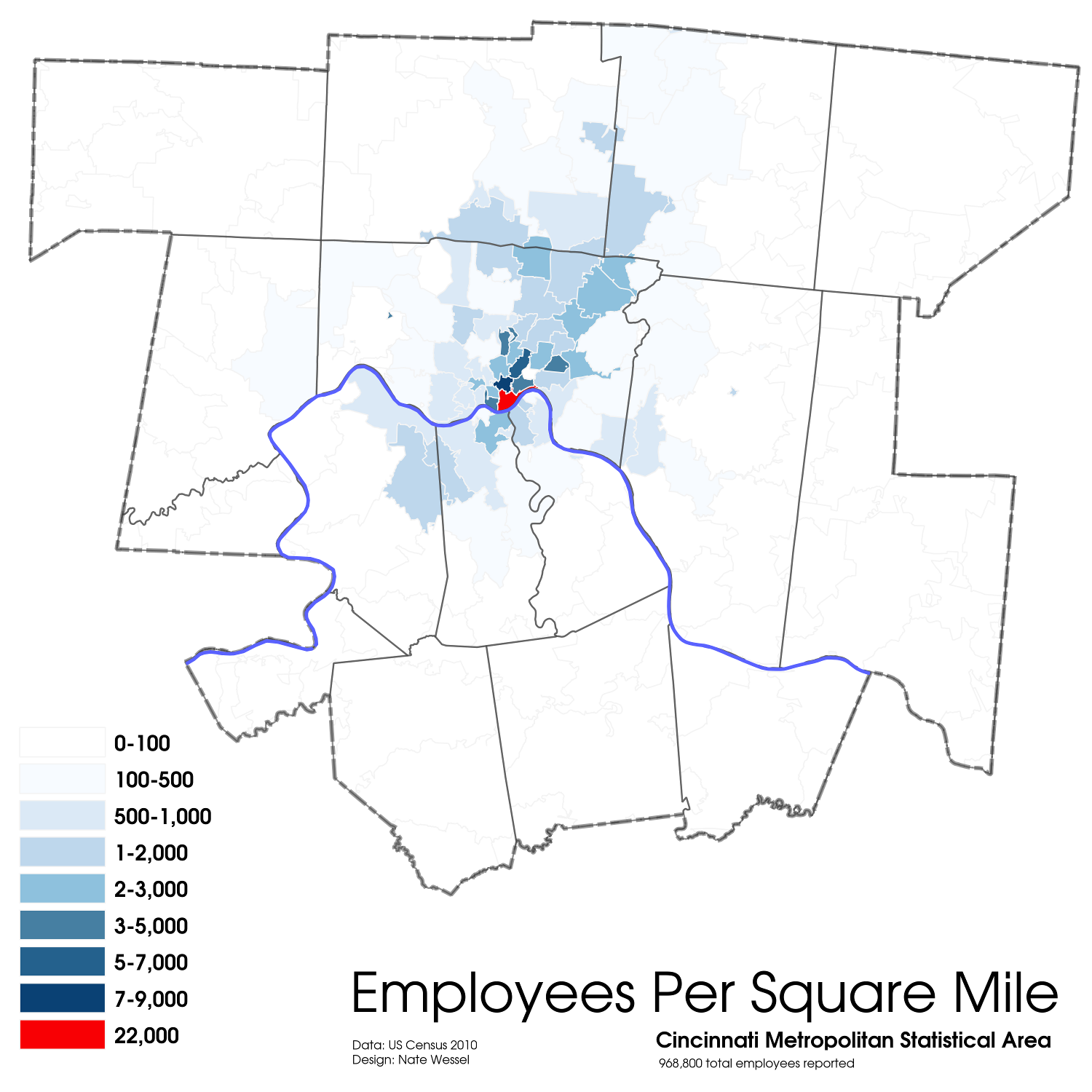
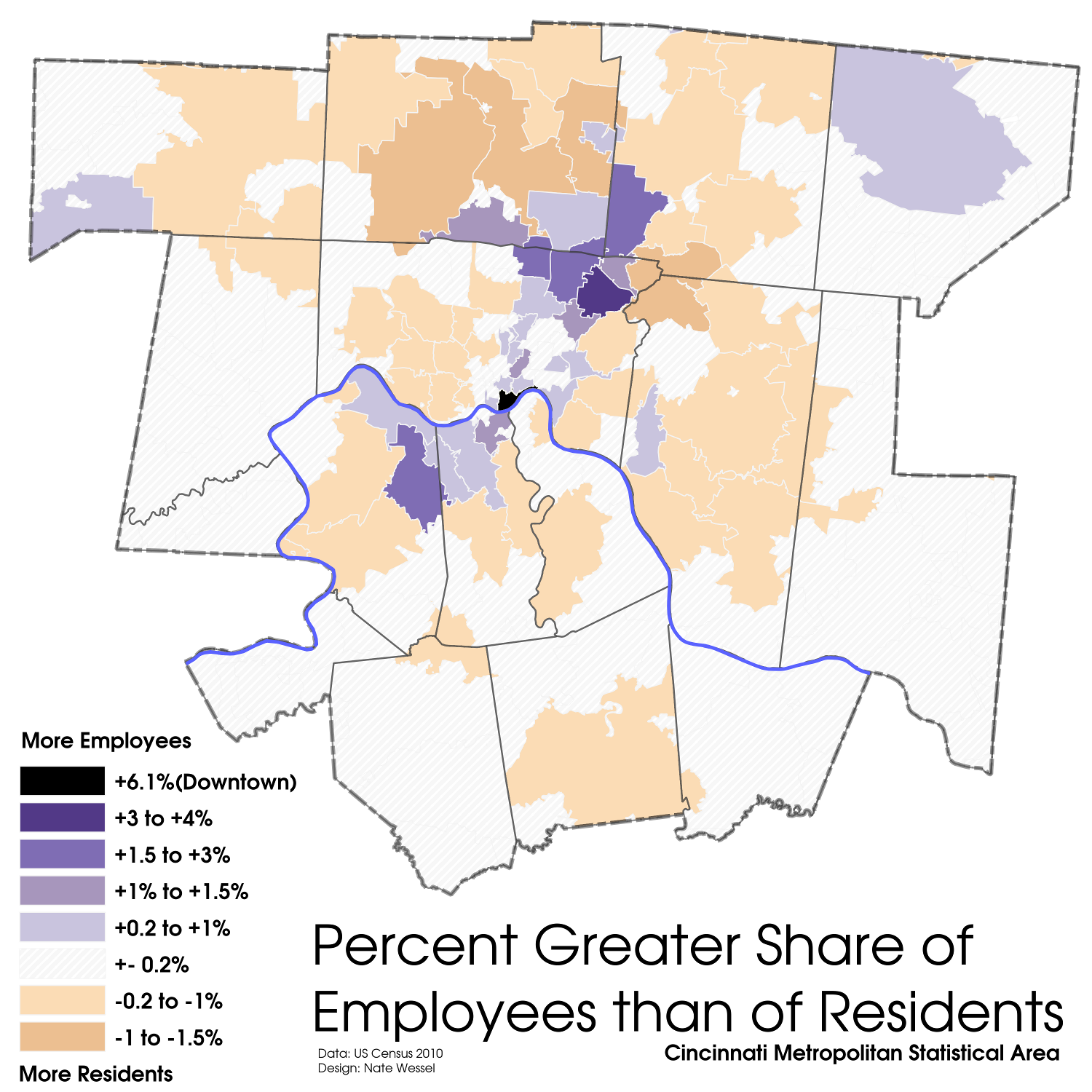
While outlying suburban communities have seen an influx of jobs over the past 30 years, Downtown and Uptown remain the region’s preeminent job centers. Employment Density Map and Employment/Population Share Map by Nate Wessel for UrbanCincy.
In the Cincinnati Metropolitan Statistical Area (MSA), center city neighborhoods account for the highest concentration of jobs, with more than 22,000 jobs per square mile in Downtown’s 45202 zip code, and anywhere from 3,000 to 9,000 jobs per square mile in Uptown neighborhoods.
“Downtown and Uptown are the City’s largest employment centers and therefore they are very important to the City’s financial health,” said Lea Ericksen, Cincinnati’s Budget Director. “We want all our neighborhoods to improve tax earnings by increasing residents, jobs and overall economic vitality, but we are focused on the six GO Cincinnati strategy areas for redevelopment.”
Cincinnati’s 2.1% income tax largely goes to support the General Fund which pays for operating expenses like police officers and fire fighters. Smaller percentages also go to pay for public transit operated by the Southwest Ohio Regional Transit Authority (SORTA) and capital investments in City buildings and infrastructure.
Ericksen projects that while income taxes will remain the same, they will grow in value by approximately 2.6% annually over the next six years.
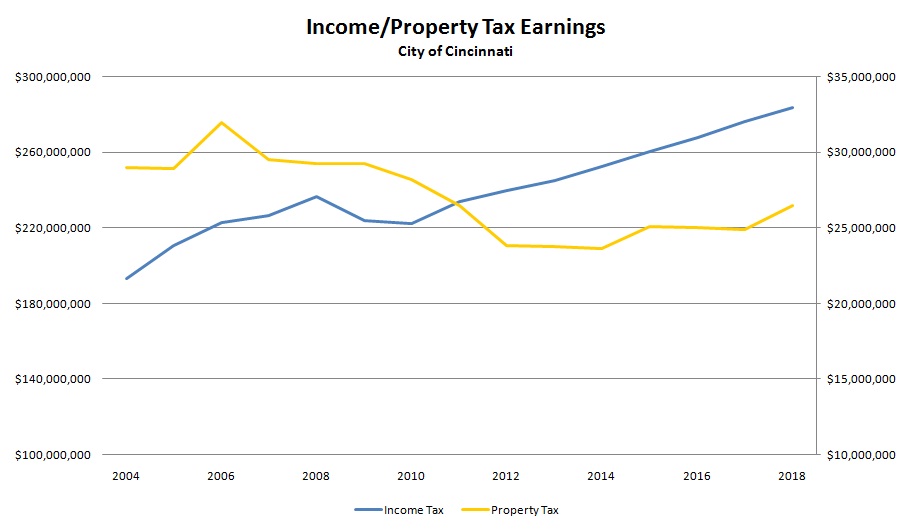
The City of Cincinnati has experienced steady growth in income tax revenues since 2004, but it has struggled to recover from the previous decade’s housing crash. Chart produced by UrbanCincy.
Property taxes are the next largest revenue generator for City Hall – accounting for $23.9 million in 2012. City officials expect this number remain stable over the next four years following an initial $7.8 million annual bump should the current property tax rollback be eliminated and set at 6.1 mils.
Like the clustering of jobs in the city’s urban core, the most heavily populated neighborhoods are also located within the center of the region.
“People are very interested in center cities, and we have an exceptionally attractive center city,” David Ginsburg, President/CEO of Downtown Cincinnati Inc. told UrbanCincy. “The architecture here and the geography that we have being in the valley. We just have a compact, spectacular downtown, and I think we have barely touched the surface of what the market can bear.”
Some of the most valuable residences are located along the central riverfront and eastside neighborhoods, with recent growth in northern communities in Butler and Warren Counties.
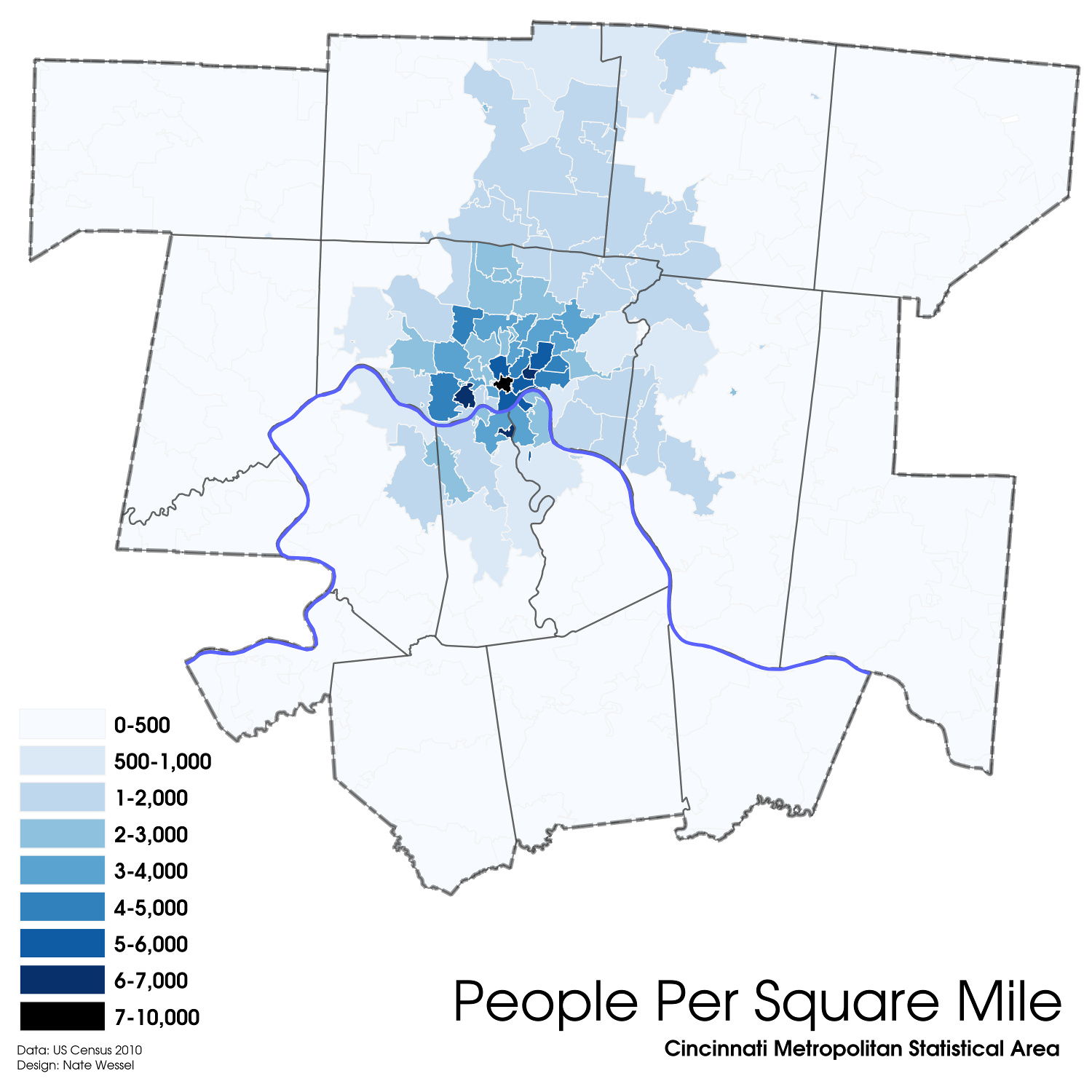
Several neighborhoods boast densities of 7,000 or more people per square mile, and those neighborhoods are all centrally located. Population Density Map by Nate Wessel for UrbanCincy.
Uptown neighborhoods surrounding the University of Cincinnati and Xavier University, Downtown/Over-the-Rhine, and close-in neighborhoods on the westside and along the Northern Kentucky riverfront are the most densely populated in the region.
“We’ve seen quite a bit of where we rehab a home, the neighbor decides to rehab their home,” Ken Smith, Executive Director of Price Hill Will, said about the development corporation’s Buy-Improve-Sell program which has rehabilitated 52 thus far in 30,000-person neighborhood, on episode 14 of The UrbanCincy Podcast. “People are very impressed with the housing stock in the neighborhood, and they are often quite impressed.”
Not all is well, though, for city leaders as they attempt to recover from the housing crash that took place between 2006 and 2010. Neighborhoods like East and West Price Hill are aggressively working to improve their residential housing stock by getting rid of vacant units even by taking advantage of hundreds of demolitions planned throughout the city.
“We are working with the Hamilton County Land Bank to get these empty lots into hands of those next door, but there are going to be a few houses that I wish we could save, and in better times maybe we would have the money to save it, but in better times they may not have gotten to that point,” explained Price Hill Will’s Matt Strauss, Director of Marketing & Neighborhood Promotion at Price Hill Will. “The goal is not only to bolster owner occupancy, but to increase property values in the neighborhood.”
Listen to episode 14 of The UrbanCincy Podcast with the leaders at Price Hill Will to hear more about the work being done on the westside to recover from the housing crash, and episode 15 with David Ginsburg to get the latest insight on the region’s economic engine. You can stream our podcasts online or subscribe to our bi-weekly podcast on iTunes for free.

